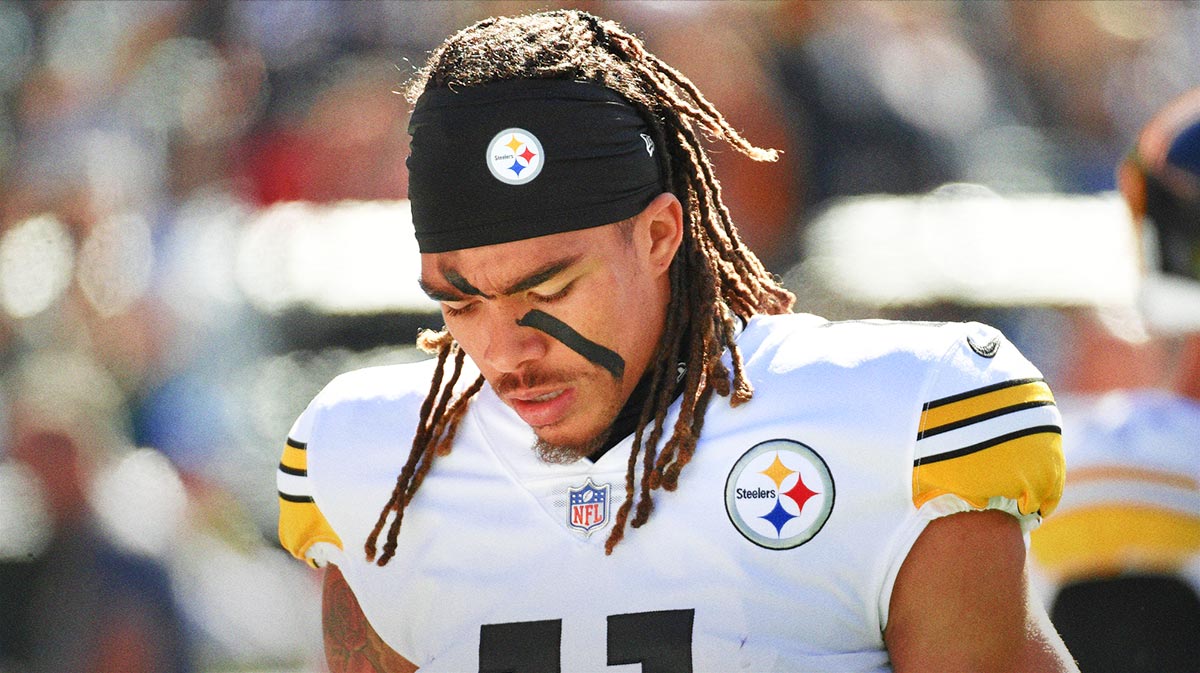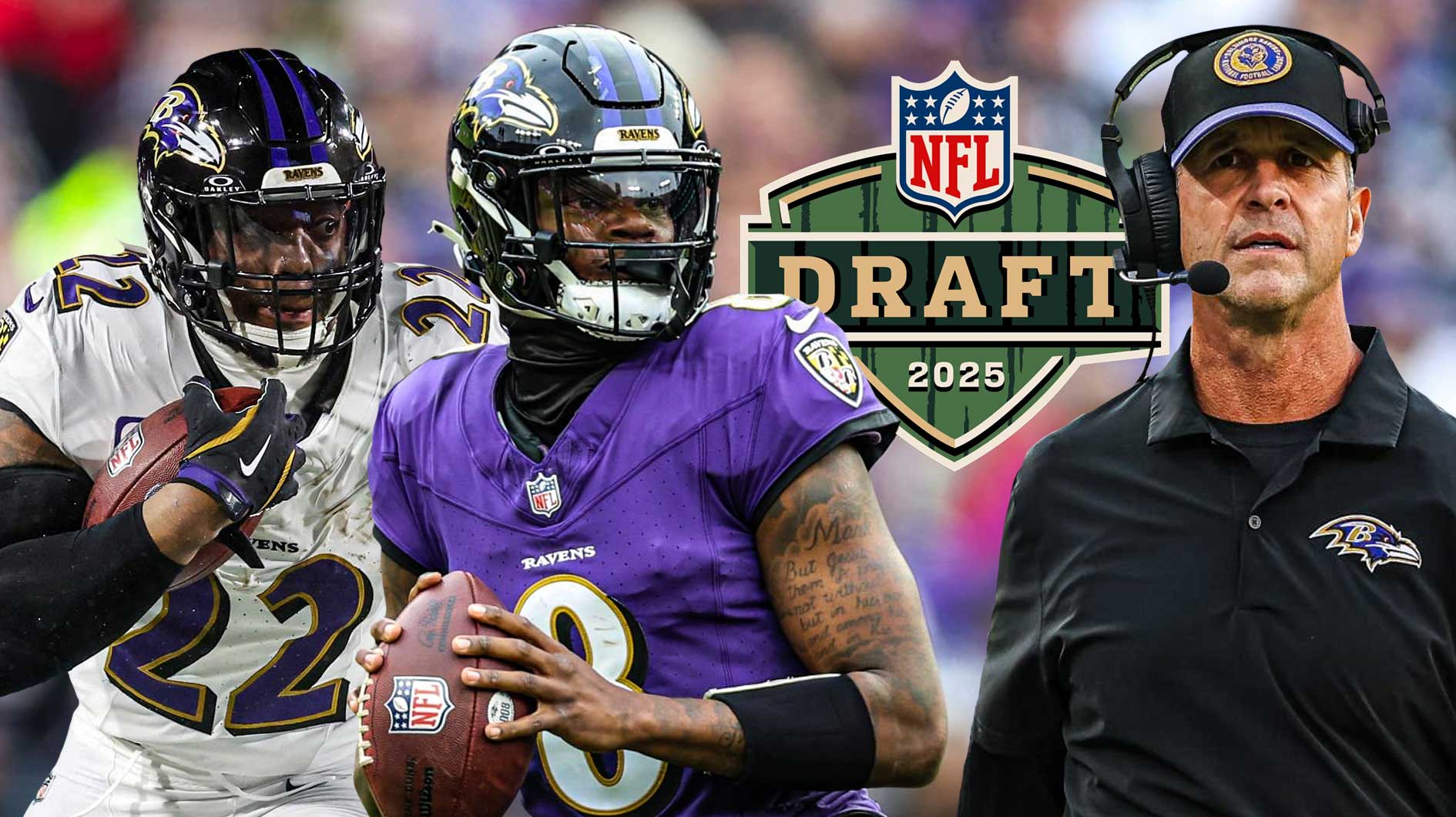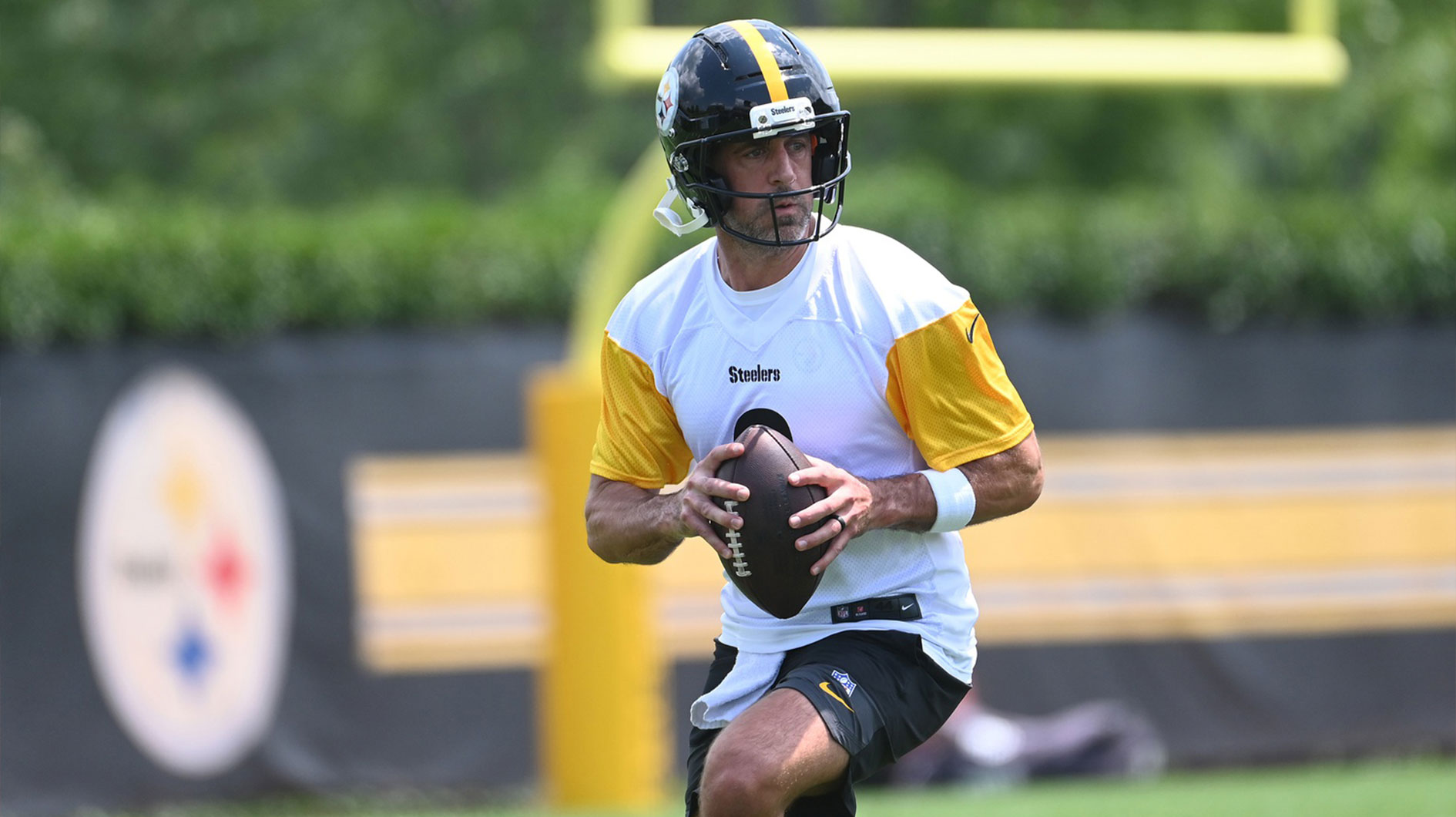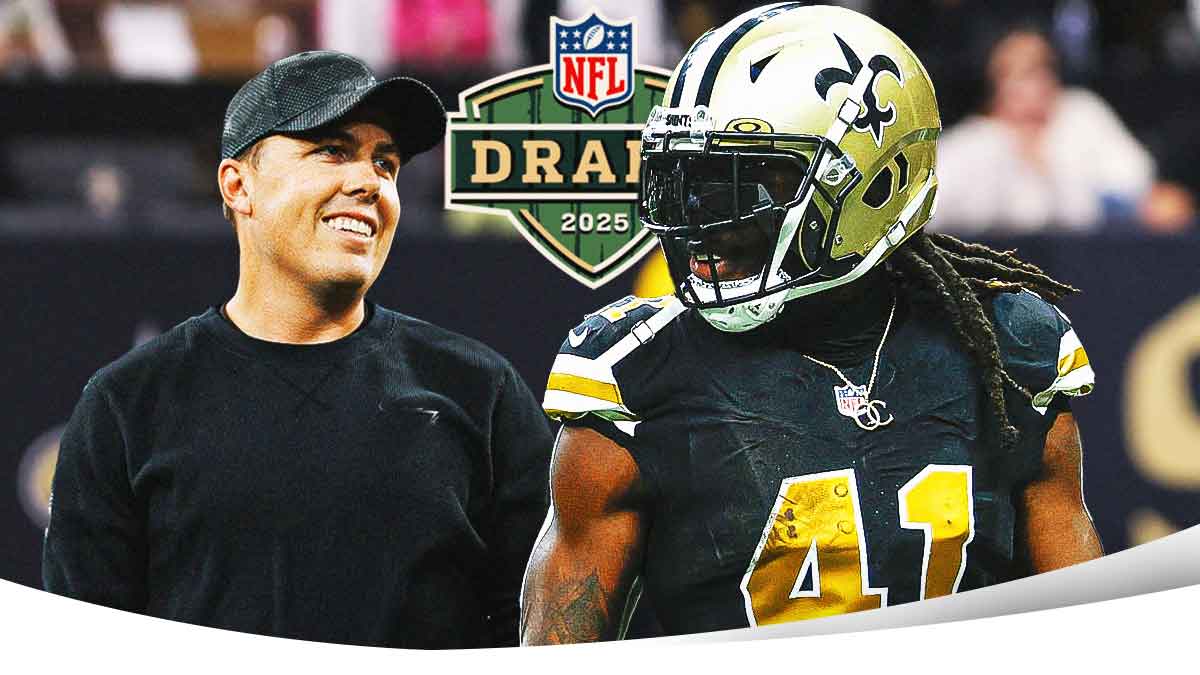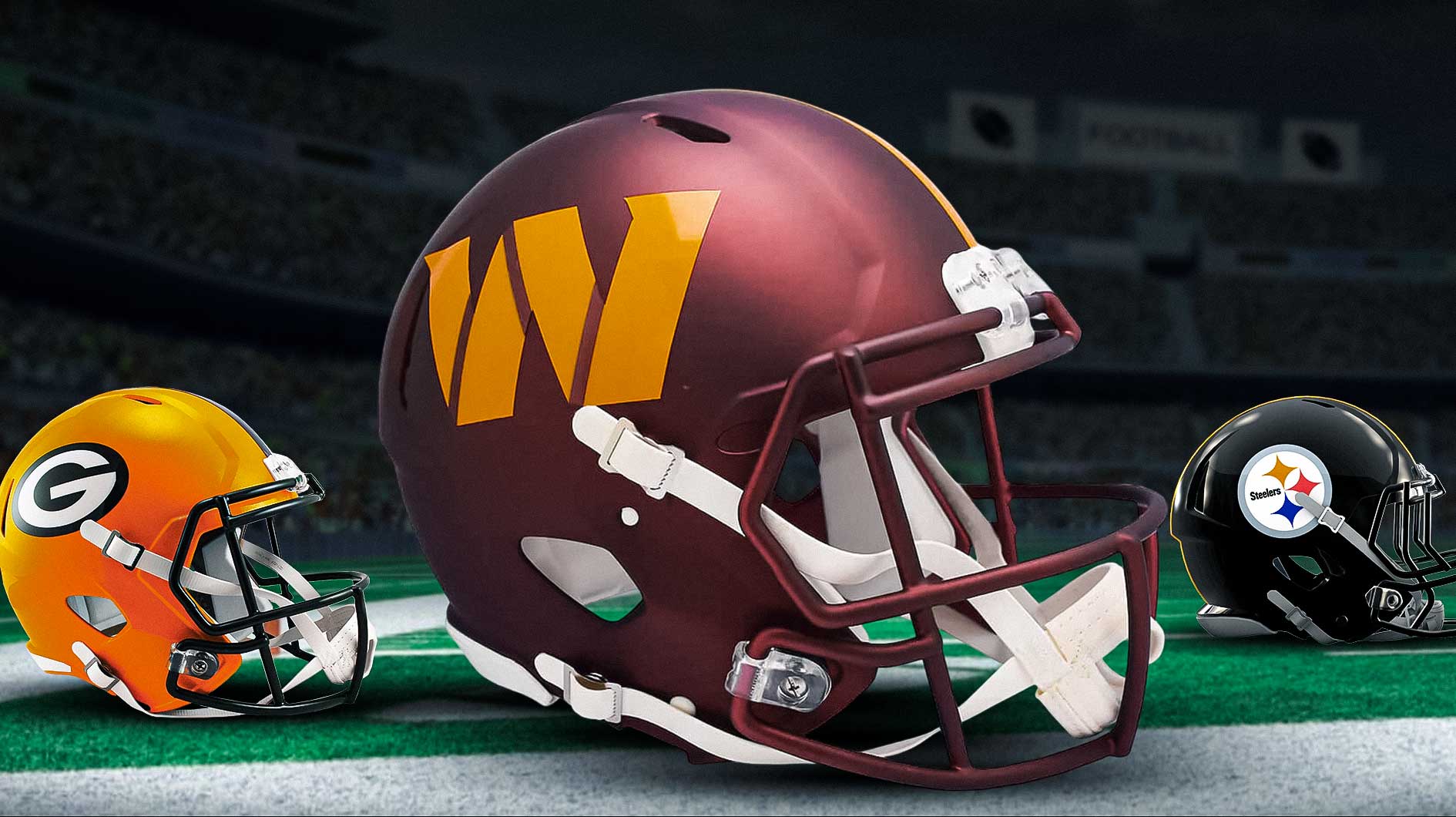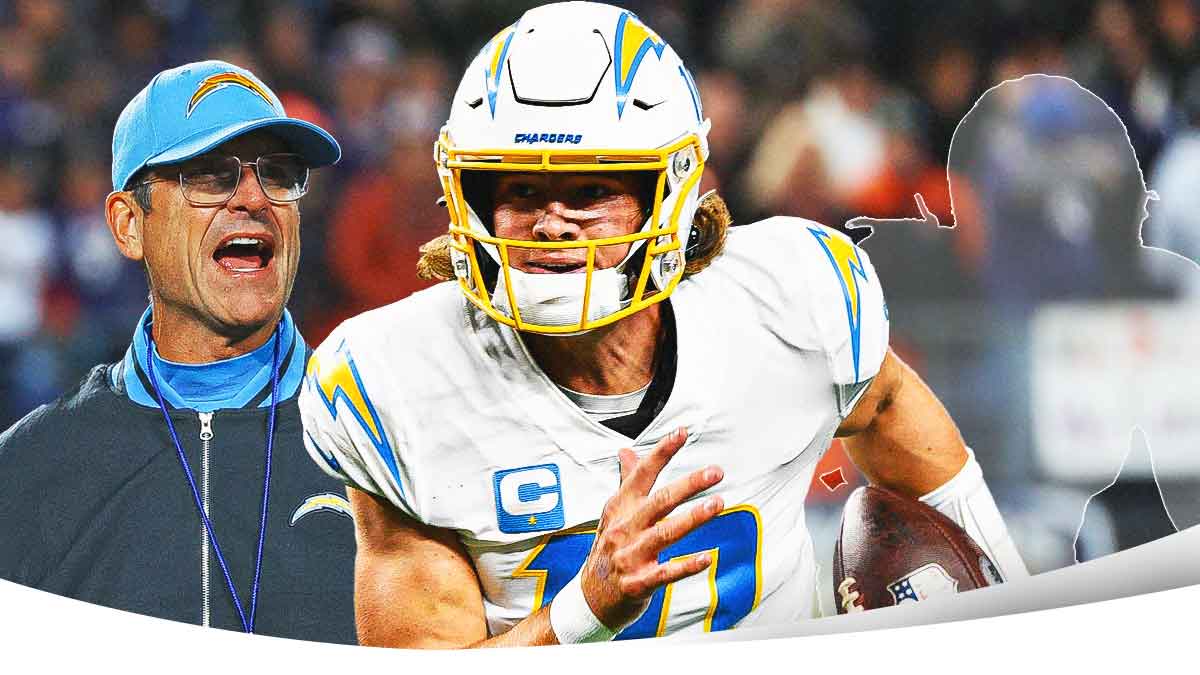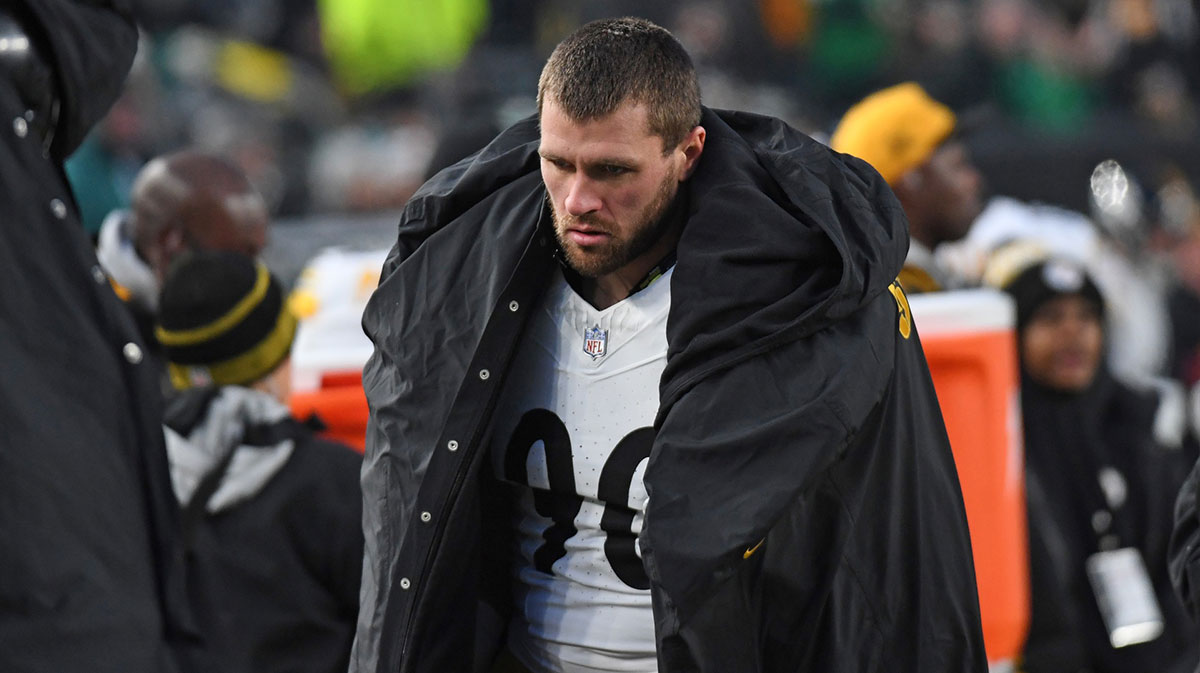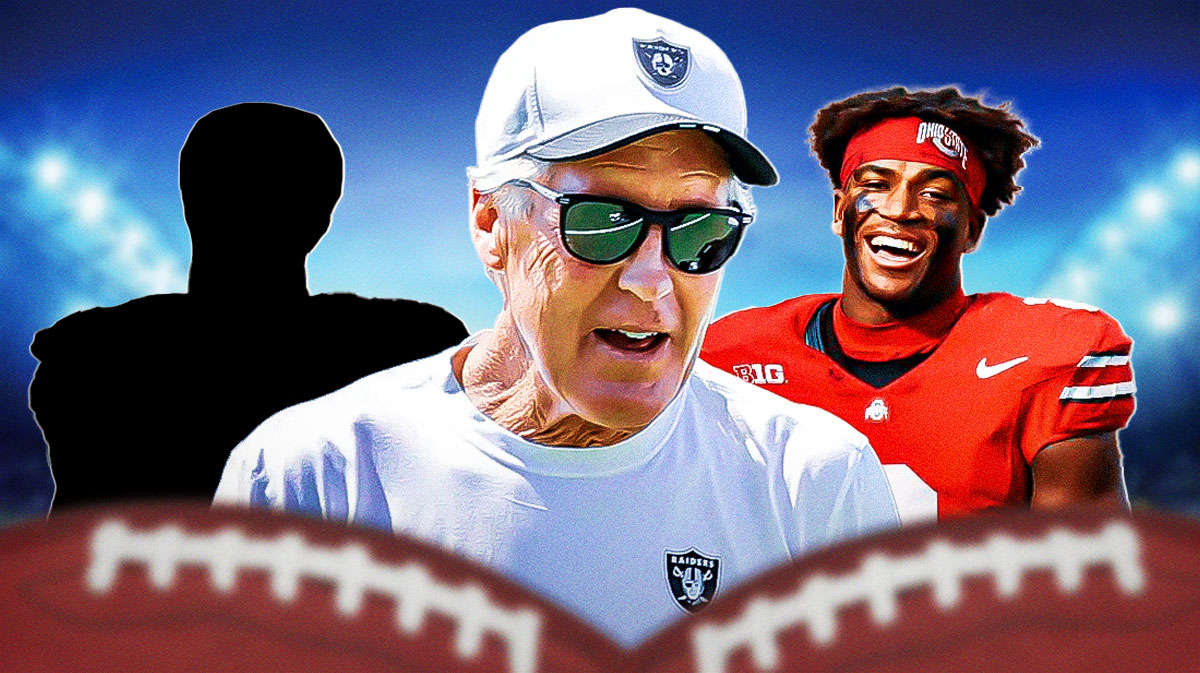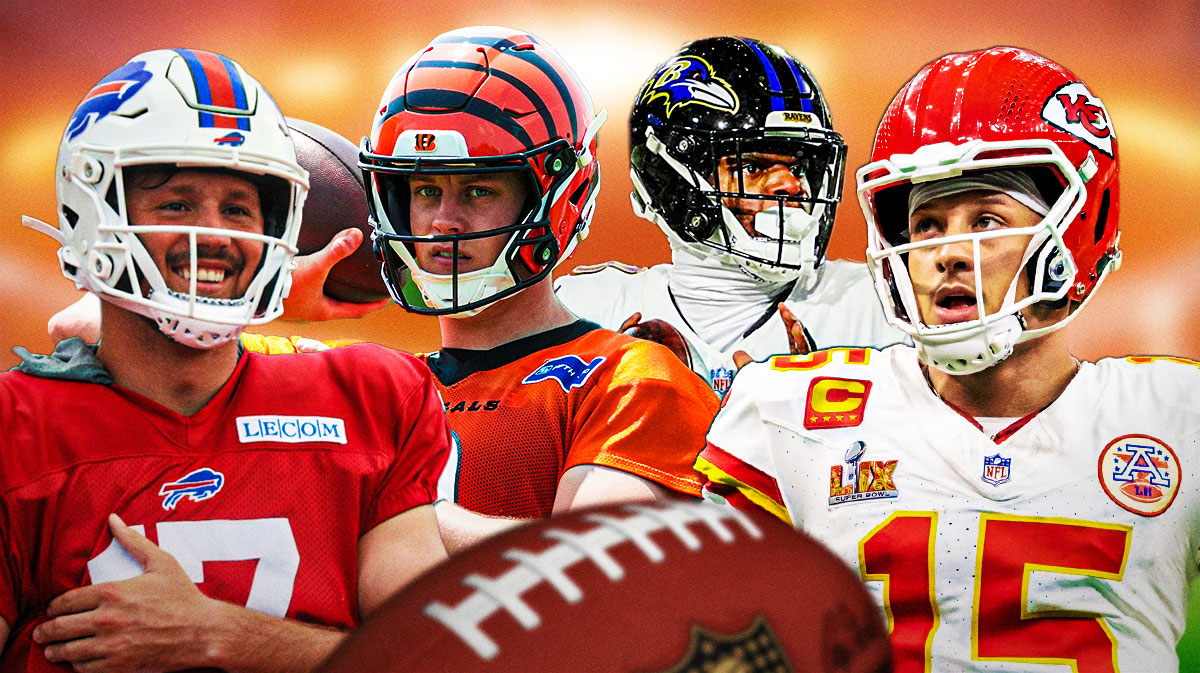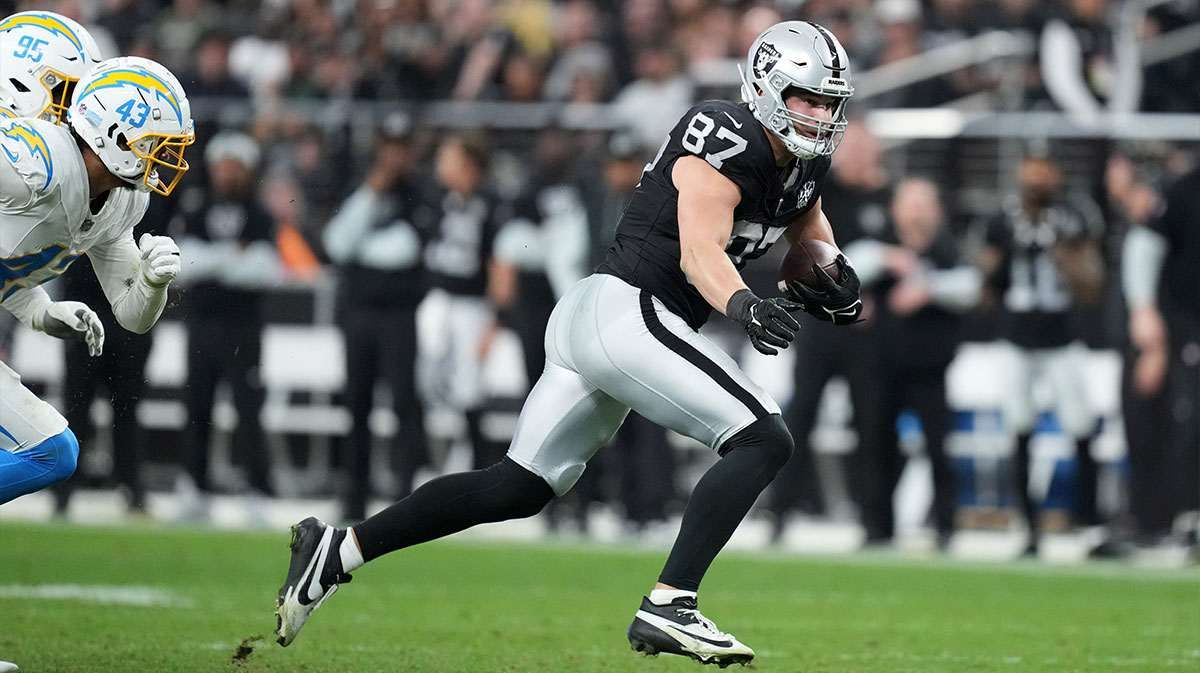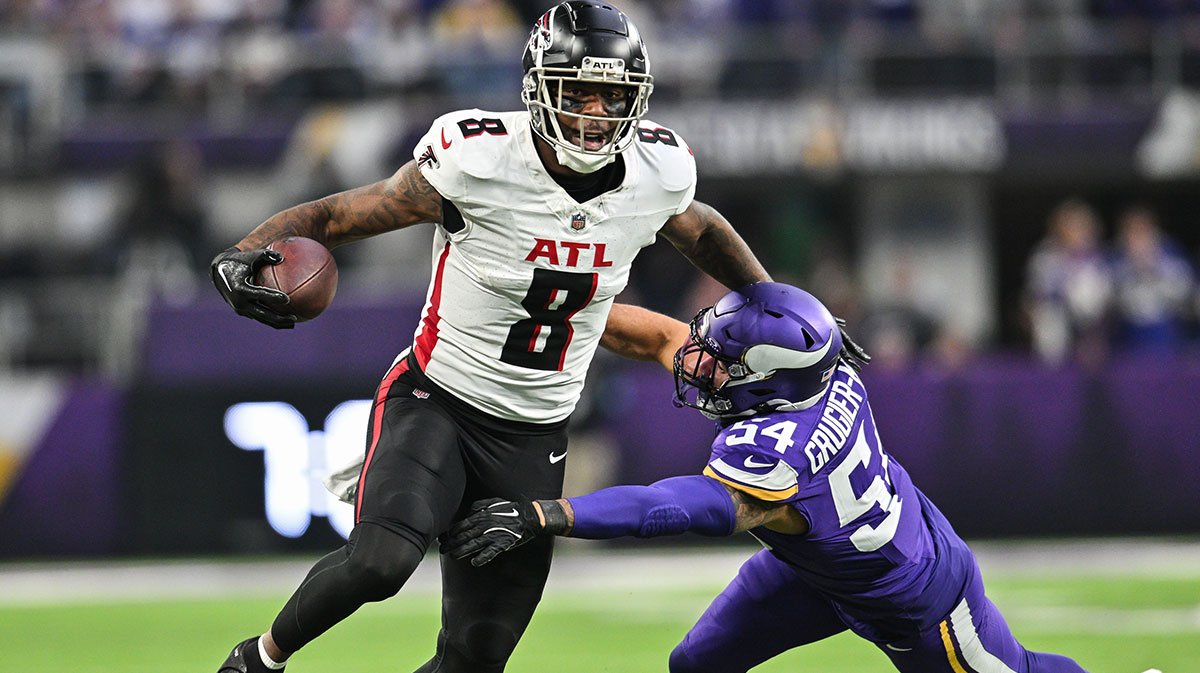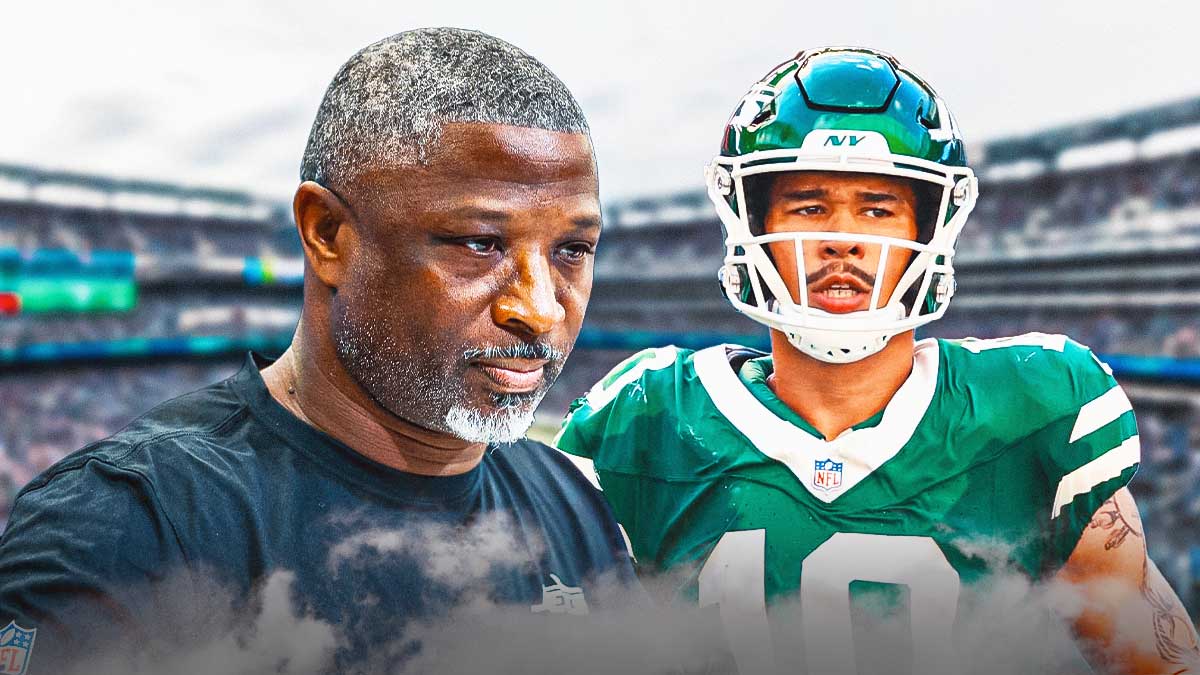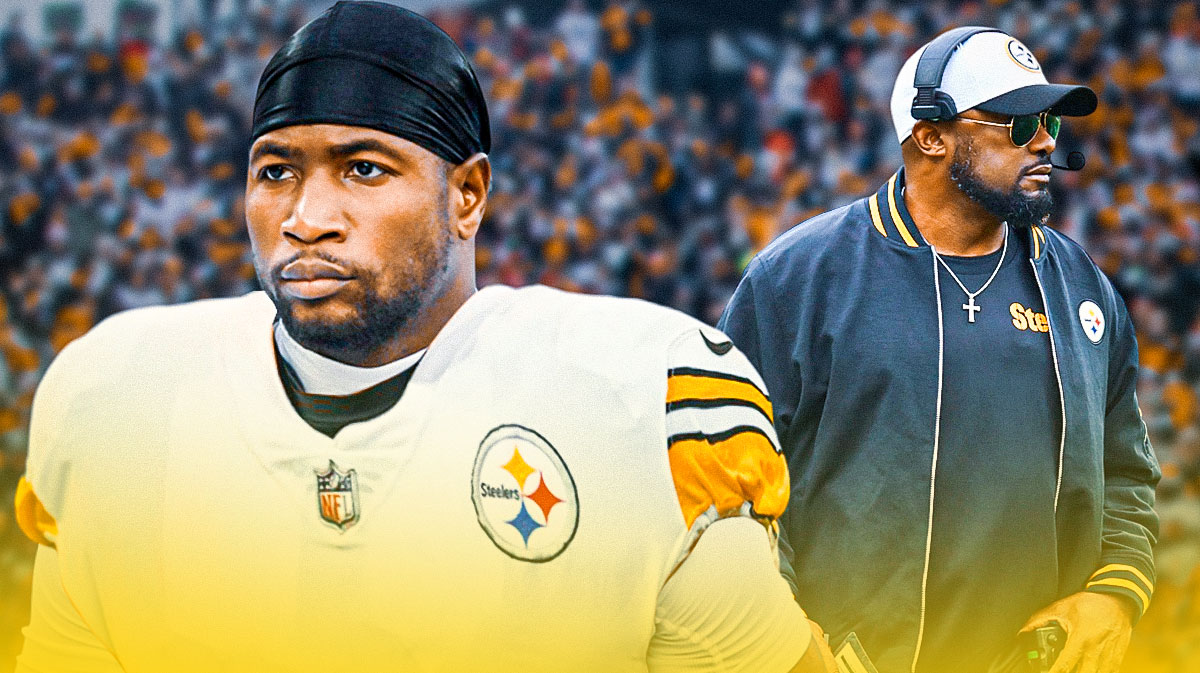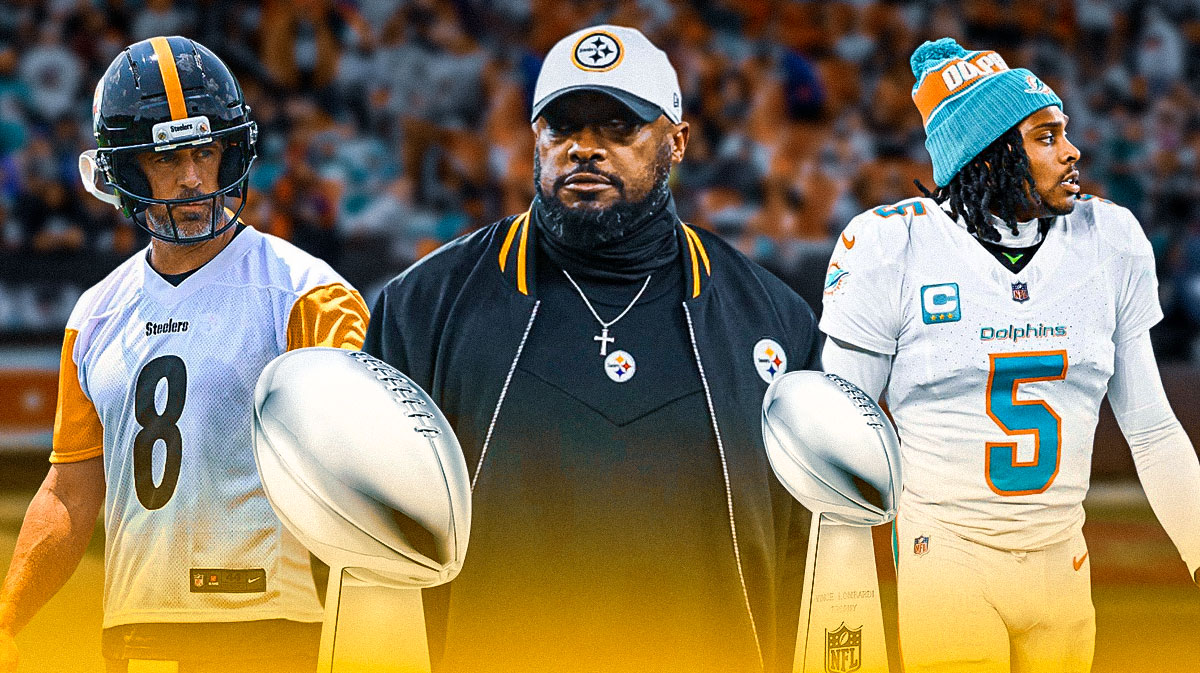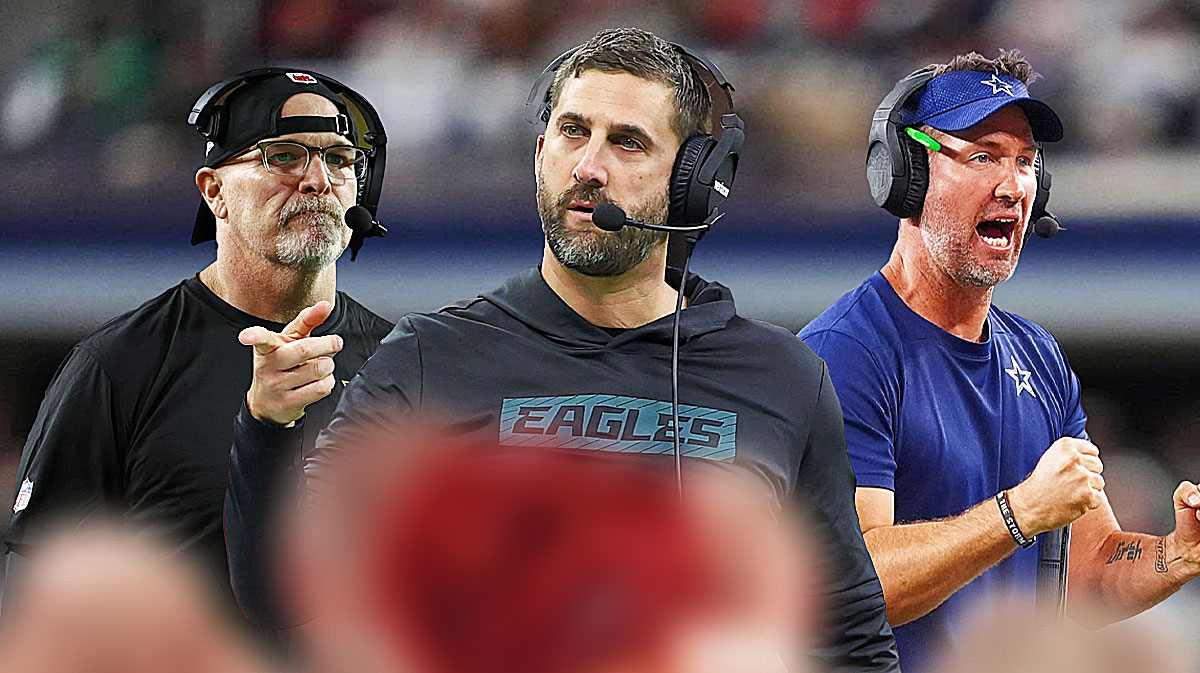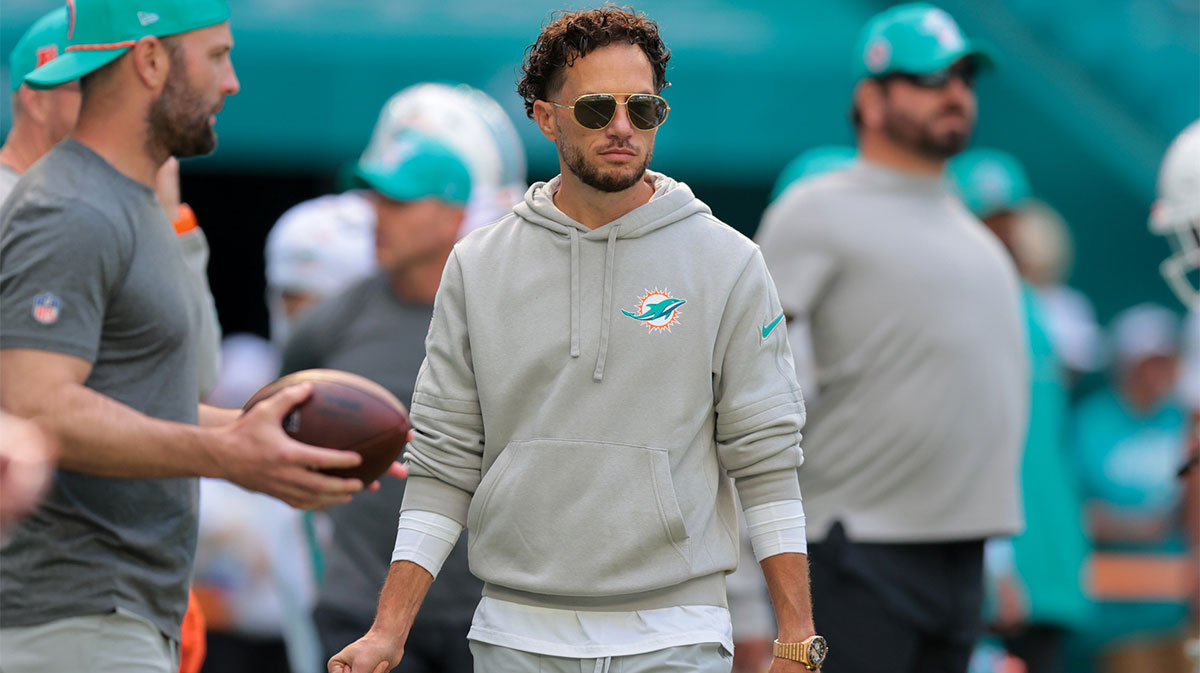Before the start of the 2017 college football season, LSU edge rusher Arden Key was receiving top-10 buzz. This mock from CBS Sports has him going fifth overall. Bleacher Report's Matt Miller pegged him as the ninth selection. And Key goes fourth overall in this NBC Sports mock.
But now, just days away from the Draft and Key is unlikely to be even a first-round selection.
There are many factors that have dropped his stock, placing him in a curious position ultimately making him one of the more interesting storylines over the first two days of the Draft.
Back in January, an anonymous NFL executive had this to say about Key:
“We had guys who had huge grades on him coming into the season and they plummeted during the season. We're still trying to sort him out.”
Key was widely regarded as the nation's best pass-rusher heading into the 2017 season, but has since lost that mantle. In his freshman season, Key played in 12 games, totaling 41 tackles, 6.5 for a loss and five sacks.
He improved considerably during his sophomore year, making 55 tackles, 12.5 for a loss and 11 sacks in 11 games. Key was expected to take another step forward, and solidify himself as a top NFL prospect.
And this is when things began to go south for him. During the offseason, Key took a leave of absence from the team. His respite was unexplained, and he was back with the team for the beginning of the 2017 season. This caused some pundits and scouts to begin to question his dedication to football, which is a big deal when evaluating a prospect, especially one that is supposed to go high in the first round.
We now know that Key left the team to seek treatment for a drug problem:
LSU edge Arden Key has told NFL teams he went to rehab last year for a marijuana problem. Was a beast in 2016, couldn’t train last year … in a thin edge class, don’t be surprised if he still goes Round 2. @nflnetwork pic.twitter.com/HWIKeZzn9f
— Tom Pelissero (@TomPelissero) April 20, 2018
While it can't be counted as a positive that Key had to go to rehab, it is encouraging that he realized that he had an issue while taking the necessary steps to better himself. It's not an excuse for his subpar performance in 2017, but it can be a reason for his failure to meet expectations.
In 2017, Key logged 33 tackles, 5.5 for a loss, and four sacks in eight games. Not terrible numbers, but the supposed best pass rusher in the country should be making a bigger impact.
Key stands 6-foot-6 238 pounds—ideal height for the EDGE spot, but he has a thin frame. Physically, he is close to two current NFL players; the Seahawks' Barkevious Mingo(6-foot-4, 239 pounds), and the Bears' Leonard Floyd (6-foot-6, 244 pounds).
Floyd and Mingo are good pro comparisons for Key. The two pros tested similar to each other, but Key is not the same type of athlete:
- Mingo: 4.58 40-yard dash, 37-inch vertical, 128-inch broad jump
- Floyd: 4.60 40-yard dash, 39.5-inch vertical, 127-inch broad jump
- Key: 4.85 40-yard dash, 31-inch vertical, 117-inch broad jump
Mingo went sixth overall in 2013 and Floyd was taken with the ninth pick in 2016. Because Key is not on the same elite athletic level, he probably would not have been nearly a top-10 pick even if there weren't concerns about him off the field. His junior year production is almost identical to both Floyd and Mingo's, so he still would have been a sought-after prospect.
One of the biggest differences between Key and Mingo/Floyd is the draft class the players were a part of. EDGE was not a strong position in 2013.
Oregon's Dion Jordan was selected third overall by Miami and ended up being a huge bust, due to injuries and drug problems. Jarvis Jones and Bjoern Werner were the two other edge rushers to be drafted in the first round that year. Werner played just four seasons in the NFL and Jones failed to meet expectations in Pittsburgh, logging just six sacks in four years.
Mingo himself hasn't panned out either. He started his career out well, sacking Ravens' QB Joe Flacco on his first career snap. Mingo finished his rookie year with five sacks, but he has made just four since.
Joey Bosa and DeForest Buckner were taken before Floyd in 2016 and both players have had success, especially Bosa. Shaq Lawson was the final EDGE to go in the first and he's struggled to go along with many injuries with Buffalo.
Floyd hasn't made the impact that some expected him to for the Bears, but he is a very solid player and still has plenty of room to develop. Eleven and a half sacks over his first two seasons is decent, especially considering he missed eight games over that span.
The EDGE class in 2017 looks to be solid. North Carolina State's Bradley Chubb is the cream of the crop, but Boston College's Harlod Landry and UTSA's Marcus Davenport are also expected to be top picks. Key has plenty of competition in the middle rounds as well: Josh Sweat (Florida State), Ogbonnia Okoronkwo (Oklahoma), Lorenzo Carter (Georgia), and Sam Hubbard (Ohio State) should all go on day two.
Arden Key will most likely not be a first-rounder and could get lost in all of the EDGE prospects in the second and third. The others have the advantage of no off-field issues, and that's what will harm Key's stock the most. A team has to be completely comfortable with his history and believe that he won't cause any issues going forward.
If he is available, the Cleveland Browns at pick 64 are a good fit. They need EDGE depth behind Myles Garrett and Emmanuel Ogbah, as their pass rush suffered greatly when either was off the field. GM John Dorsey has a history of taking players with off-field issues, and could take another risk with Key.
Key will never be the elite edge rusher that many thought he could be before this season, because he is not an elite athlete by NFL standards. He has some size issues, and is almost a pure speed rusher; it's not often that he will bull rush an offensive tackle successfully.
His stock is nothing close to what it once was, but Key still should not make it out of the third round, if only because of the value of the EDGE position. You can never have too many good pass rushers, and that is what Arden Key can become.

